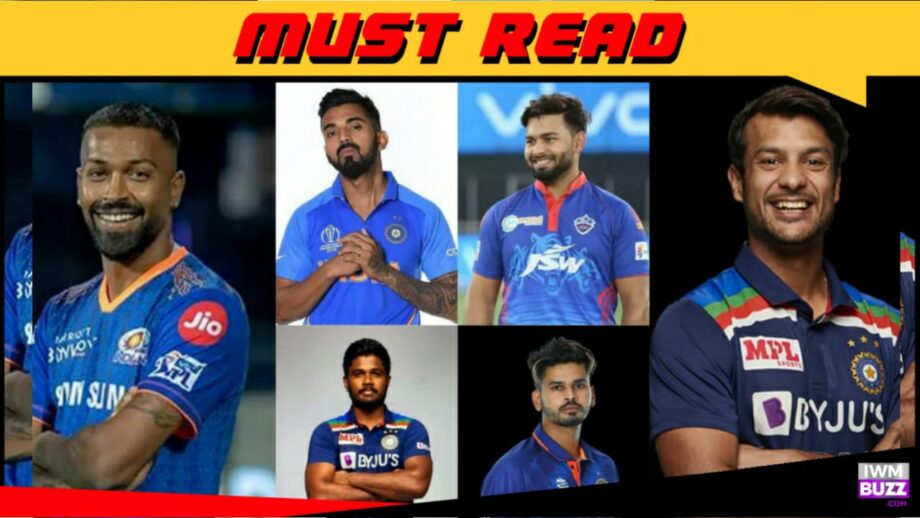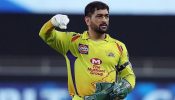The IPL 2022 is just days away and just like every other time, the audience simply can’t wait for the cricket fever to take over the entire country. Unlike previous years, this year’s IPL is certainly gonna be a lot more intense with two new teams coming into the scene in the form of Lucknow and Gujarat. Adding to that, the change in league format is certainly going to test the skills and resilience of all the players to good effect. Over the years, the trends in IPL have changed drastically.
What started as a tournament which was just about going all guns blazing right from the first ball is now a tournament where every team needs to prepare a strategy for their entire 20 overs of play. From the emergence of different slower ball techniques to realizing the importance of good quality mystery spinners in their line-up, IPL teams have gone ahead to improve drastically when it comes to preparation for the big trophy. However, one trend that we observe that has certainly been received warmly by all the thinktanks of the squads is the importance of investing in a good leader who can take the franchise forward for years to come.
If we go back to the first edition of the IPL in 2008, the prime focus of the respective team management was to make the most veteran player in their team the captain. No wonder we had Sourav Ganguly leading KKR, Sachin Tendulkar leading Mumbai Indians, Rahul Dravid leading Royal Challengers Bangalore, VVS Laxman leading Deccan Chargers Hyderabad and Shane Warne leading Rajasthan Royals to name a few. While that strategy might have come in handy for Rajasthan Royals who won the inaugural edition of the tournament, the other teams didn’t make a mark in the first season.
Soon, for a brief period, the focus shifted to making overseas players the captains until and unless teams realized that an underperforming overseas skipper is nothing less than a burden on the whole squad. Until about 2013, it can certainly be safe to say that franchises always wanted an upper hand in leadership and experience was the prime criteria. Then came a Rohit Sharma who replaced veteran Ricky Ponting as captain of Mumbai Indians mid-season in 2013 and the rest is history. Not only did a young Rohit Sharma win the 2013 edition of the IPL, but he also led MI to four more titles in the upcoming seasons. Going back, one can certainly say that handing over the captaincy to Rohit Sharma back at that time was a huge gamble. But hey, fortune always favours the brave, doesn’t it? And when it comes to displaying bravado and guts both on and off the field, Mumbai Indians have always been at the forefront.
Mumbai and Rohit Sharma’s success proved to be the ideal example for other franchises to take cues and place their bets on young individuals who can lead the team for many years and build a core group of players who will play around them. While Delhi Capitals chose someone like Rishabh Pant as their captain despite having the likes of Shikhar Dhawan and Ravichandran Ashwin in the team, many questions were raised but without any doubt, Pant has done a good job so far. Preity Zinta’s Punjab Kings too realized the value of a young KL Rahul because of which they made him the skipper despite having seasoned players like Mohammad Shami and Chris Gayle in their team. With KL now in charge of the new Lucknow team, Preity Zinta’s squad have now placed their bets on another youngster in Mayank Agarwal to take the team forward in season 2022 as well as the upcoming seasons. KKR too seem to have learnt their lesson and that’s why even they decided to invest big-time in young Shreyas Iyer to lead the squad for their upcoming seasons despite other experienced players around him in the team. Gujarat Titans too have shown faith in young Hardik Pandya to lead their squad despite having other big names like David Miller, Rashid Khan and others. Although Rajasthan Royals haven’t been consistent in their approach in the last few seasons of IPL, they continue to show faith in young Sanju Samson to lead their squad despite having big names like Joss Buttler, Jofra Archer and Chris Morris in their squad earlier. To be specific, only CSK and RCB seem to be thinking differently in this regard. While veteran MS Dhoni is still the captain of CSK in IPL 2022 which in all possibilities could be his last season, RCB decided to have Faf Du Plessis as their new skipper after Virat Kohli decided to step down. Although there’s no questioning his abilities as a cricketer, we aren’t sure how good and long-term that decision is given that Faf is currently 37 years old and has already retired from international cricket. Last but certainly not least, we can talk about Mumbai Indians who continue to have Rohit Sharma as their skipper since 2013 and for all the right reasons. He still has plenty of cricket left in him and with Rohit now leading India in International cricket as well, he is only going to get more dangerous as a leader here onwards.
Well, the crux is crystal clear as to how most of the franchises are now looking at building their squads. While initially after 2008, the thought was to have senior-most players leading the squad officially and youngsters playing around them to get groomed, now, it is certainly the other way round. Today, the onus is focused on giving responsibility to a young and talented individual who can lead the team for many years with the help of other senior cricketers in the squad and that’s why, we feel that the likes of young captains Rishabh Pant, Sanju Samson, Shreyas Iyer, Mayank Agarwal and others will only get better and better with every season.
To sum things up in a nutshell, it’s important to invest in young leaders and look at them as a long-time profit-earning option rather than having experienced individuals who can only give short-term benefits for a brief period. At the end of the day, too much chopping and changing are never healthy in T20 cricket, especially in a cash-rich league like IPL where the stakes are always high.





![MS Dhoni and wife Sakshi Singh caught candid [Check Out] 929630 MS Dhoni and wife Sakshi Singh caught candid [Check Out] 929630](https://www.iwmbuzz.com/wp-content/uploads/2024/12/ms-dhoni-and-wife-sakshi-singh-caught-candid-check-out-175x100.jpg)






